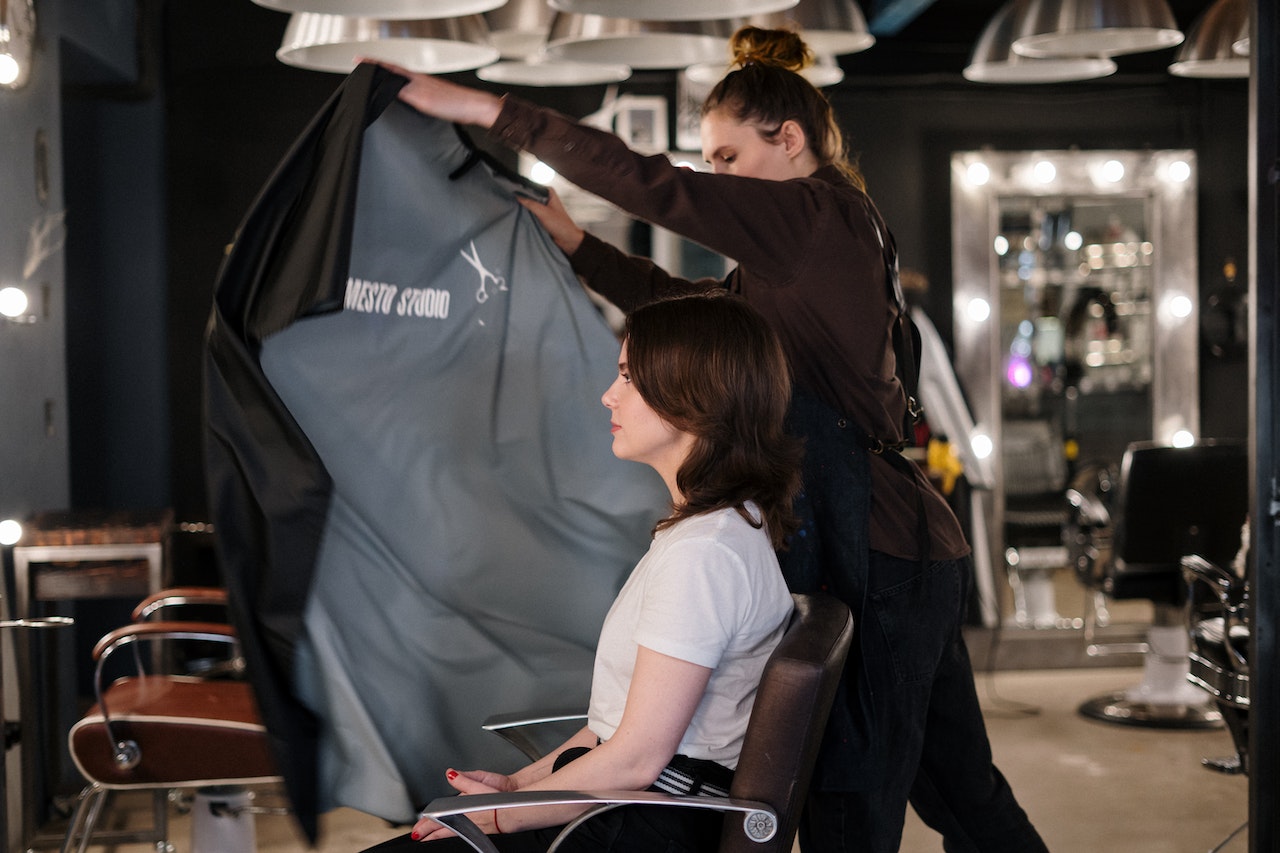
If I Bleach My Hair then Dye it What will Happen
Wondering how to safely bleach your hair? Curious about what happens when you bleach your hair and then dye it? These are common questions that many people have when considering a hair transformation. In this article, I’ll share some important tips and insights on how to safely bleach your hair, as well as what to expect if you decide to dye it afterwards.
First things first, safety should always be the top priority when bleaching your hair. It’s crucial to follow the instructions provided with the bleaching product carefully, as each brand may have slightly different guidelines. Additionally, make sure to perform a patch test before applying the bleach all over your head to check for any allergic reactions or sensitivities.
Applying the Bleach to Your Hair
Understanding the Bleaching Process
When it comes to bleaching your hair, understanding the process is crucial. Bleaching involves stripping away the natural pigment from your hair strands, which can be a transformative experience. However, it’s important to note that bleach is a powerful chemical and should be handled with care.
Before applying bleach, you need to consider your hair’s current condition and color. Darker hair will require more time and potentially multiple sessions to achieve the desired lightness. Additionally, porous or damaged hair may react differently to bleach compared to healthy hair.
During the bleaching process, the bleach mixture breaks down the melanin molecules in your hair shafts, resulting in lighter tones. It’s essential to follow the instructions provided by reputable brands and avoid leaving bleach on for longer than recommended. Overprocessing can lead to damage such as breakage or excessive dryness.
Importance of Patch Testing
Before diving headfirst into bleaching all of your hair, it’s crucial to perform a patch test first. This step helps determine if you have any allergies or sensitivities to the bleach or other chemicals involved in the process.
To conduct a patch test, mix a small amount of bleach according to the instructions and apply it behind your ear or on a discreet section of your scalp. Leave it on for the recommended time and observe any reactions over 24-48 hours. If you experience redness, itching, swelling, or any discomfort during this period, it’s advisable not to proceed with full application.
Applying the Bleach Mixture to Your Hair
Now that you understand how bleaching works and have performed a patch test successfully, it’s time to apply the bleach mixture to your hair. Here are some steps to follow:
- Start with unwashed hair: It’s generally recommended to work with hair that hasn’t been washed for a day or two. The natural oils on your scalp can provide a protective barrier against potential irritation.
- Section your hair: Divide your hair into manageable sections using clips or hair ties. This helps ensure even application and keeps the process organized.
- Prepare the bleach mixture: Follow the instructions provided by the manufacturer to prepare the bleach mixture accurately. Mixing ratios may vary depending on your desired level of lightness and brand recommendations.
- Apply from mid-lengths to ends: Begin applying the bleach mixture starting from the mid-lengths of your hair, gradually working towards the ends. Avoid directly applying bleach to your scalp initially, as it is more sensitive and can develop faster than other parts of your hair.
- Move closer to roots: After you’ve covered the mid-lengths and ends, move closer towards your roots while being cautious not to overlap too much onto previously bleached sections.
- Monitor processing time: Keep a close eye on how long you leave the bleach on based on your desired result and manufacturer guidelines. Remember that different hair types and colors will require varying processing times.
- Rinse thoroughly: Once you’ve achieved the desired lightness or reached the maximum recommended processing time, rinse out the bleach thoroughly using lukewarm water until no product remains in your hair.
Always remember that bleaching can be damaging to your strands if not done properly or if proper aftercare isn’t followed diligently afterward. It’s crucial to nourish and moisturize your newly bleached locks with deep conditioning treatments designed for chemically treated hair.






